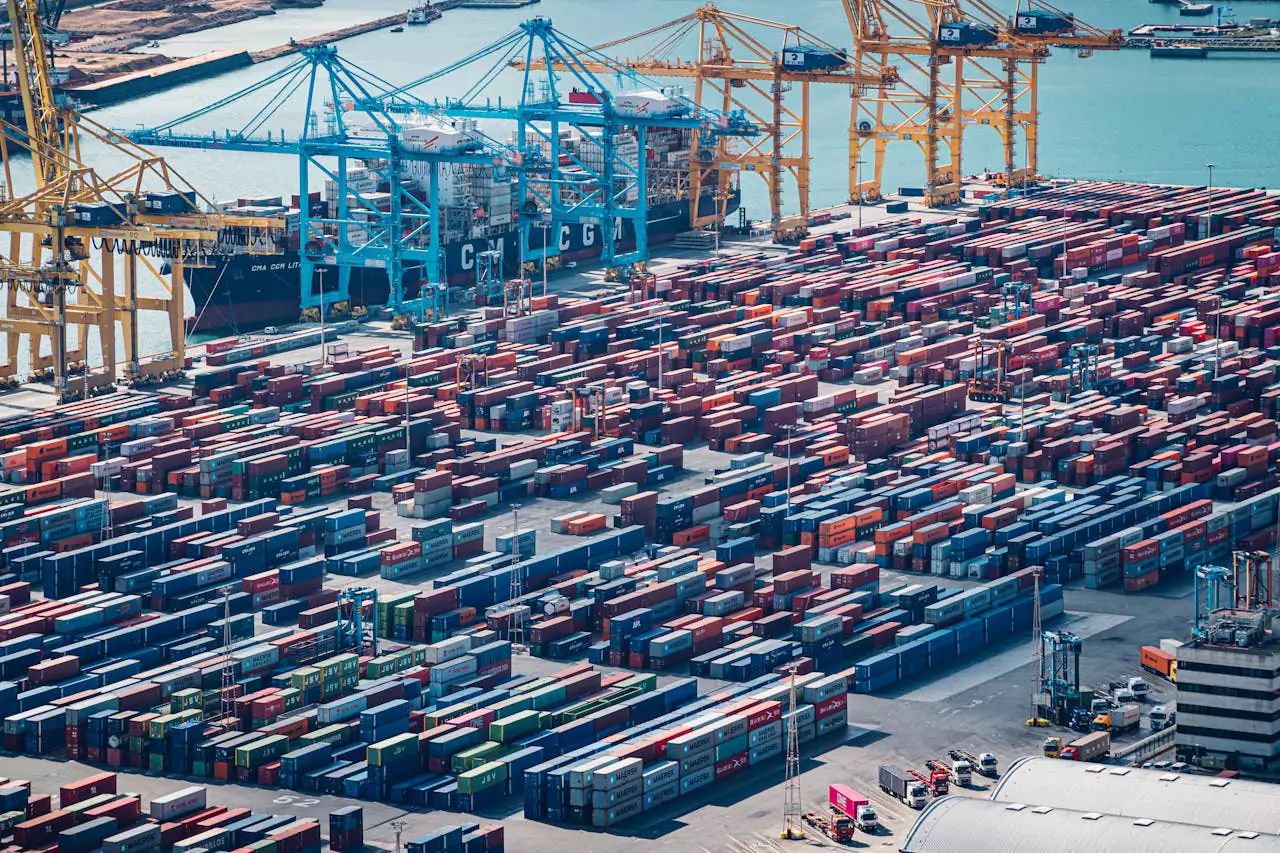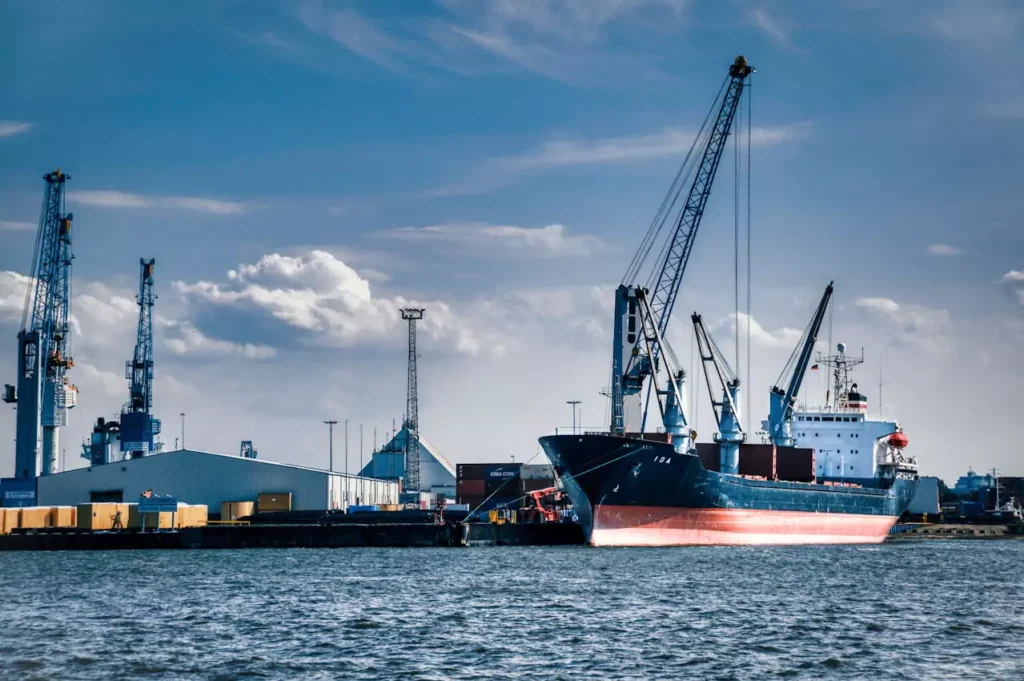
E2open Index Geopolitics, Labor Shortages & Congestion Delay Global Shipping
E2open, Global Shipping the leading connected supply chain SaaS platform, has released its latest Ocean Shipping Index, a quarterly benchmark report that provides in-depth insights into global ocean freight trends. The Q4 2024 report highlights a significant rise in global transit times, with shipments taking an average of 68 days—an increase of eight days compared to Q4 2023. Global Shipping This surge is primarily attributed to extended actual transit times, ongoing geopolitical instability, labor shortages, and growing port congestion, all of which are compounding supply chain challenges for businesses worldwide.
A Comprehensive Overview of the E2open Ocean Shipping Index
The E2open Ocean Shipping Index is an essential resource for companies seeking data-driven insights to optimize their supply chain strategies. As a leading SaaS provider with a vast network of over 480,000 connected enterprises, E2open manages billions of transactions annually, handling over 70 million containers. Global Shipping This comprehensive dataset allows businesses to access crucial details at the booking level, empowering them to make proactive and informed logistics decisions in an increasingly unpredictable shipping landscape.
According to Pawan Joshi, Chief Strategy Officer at E2open, “Economic headwinds, geopolitical turbulence, and uncertain trade routes are causing unprecedented disruptions in the ocean shipping industry. Global Shipping From continued Red Sea diversions to port congestion and labor unrest, businesses are navigating a minefield of obstacles while preparing for potential new U.S. tariffs. These ongoing challenges will likely be further intensified by the Lunar New Year holiday, as companies relying on Asian suppliers rush to place orders before factory shutdowns, adding strain to their logistics networks. Global Shipping Firms that prioritize supply chain resilience and agility will be in the best position to mitigate disruptions and ensure the smooth movement of goods through an increasingly volatile system.”
Key Findings from the Q4 2024 E2open Ocean Shipping Index
The report outlines critical developments in Global Shipping ocean shipping, emphasizing trends in transit times across various trade routes. Below are some of the most significant findings:
- Extended Transit Times Driving Year-Over-Year (YoY) Increases
- Asia to Europe transit times rose by 12 days, contributing significantly to the overall increase in global shipping duration.
- South America to North America exhibited a sharp increase of 11 days YoY, reflecting both prolonged booking procedures and extended transit times.
- South America to North America Sees the Most Significant Delays
- This trade lane experienced the most pronounced YoY increase, Global Shipping with transit times extending by 19 days compared to Q4 2023.
- The delays were primarily due to prolonged booking processes and increased congestion at key ports, making it one of the most challenging trade routes for shippers.
- Europe to Asia and Asia to Europe Face Lengthy Transit Durations
- The Europe to Asia route averaged 83 days, up 11 days from the previous year.
- The Asia to Europe trade lane saw an increase of 16 days, reaching an average of 80 days, with actual transit time accounting for a 12-day delay.
- Asia to South America Among the Longest Routes Globally
- Shipments between these regions averaged 85-86 days, making them some of the most time-intensive trade lanes worldwide.
- Extended transit and booking times were the primary contributors to these prolonged durations.

- Mixed Trends for North America to Asia Shipments
- The North America to Asia route showed slight improvements over the previous quarter, with transit times decreasing by one day.
- However, YoY data still indicates a seven-day increase, emphasizing continued inefficiencies within this trade lane.
- Overall Global Shipping Time Up by 8 Days
- On a global scale, ocean shipments took an average of 68 days from initial booking to clearing the final port gate.
- This represents an eight-day increase compared to the 60-day average recorded in Q4 2023.
Factors Driving the Increase in Global Transit Times
Several key factors contributed to the growing delays observed in Q4 2024. These include:
- Geopolitical Disruptions: Ongoing conflicts and tensions, particularly in key maritime routes like the Red Sea, have led to detours, longer transit times, and increased fuel costs.
- Labor Shortages and Strikes: Workforce shortages, strikes, and labor disputes at major ports, particularly in North America and Europe, have resulted in processing delays and congestion.
- Port Congestion: Several ports worldwide, including those in China, the U.S., and Europe, have experienced significant backlogs due to a surge in cargo demand, inefficient infrastructure, and limited dock space.
- Regulatory Uncertainty: The possibility of new U.S. tariffs and trade restrictions has created further unpredictability, causing businesses to accelerate shipments, leading to overburdened logistics networks.
- Seasonal Pressures: The Lunar New Year holiday has historically caused spikes in demand, as businesses rush to move goods before factory shutdowns, further exacerbating congestion and delays.
Implications for Businesses and Shippers
The continued increase in ocean shipping times presents significant challenges for global supply chains. Delays can lead to inventory shortages, increased costs, and inefficiencies in production planning. To navigate these disruptions effectively, businesses must:
- Invest in Supply Chain Visibility and Analytics
- Leveraging real-time data and predictive analytics can help companies anticipate potential delays and reroute shipments proactively.
- Diversify Shipping Routes and Sourcing Strategies
- Businesses should explore alternative trade routes and diversify their supplier base to reduce dependency on heavily impacted regions.
- Enhance Port and Warehouse Planning
- Proactive port selection and advanced booking strategies can help mitigate the effects of congestion and labor-related slowdowns.
- Strengthen Supplier and Carrier Relationships
- Maintaining strong partnerships with logistics providers can improve access to capacity and ensure better coordination in times of disruption.
- Adopt Agile Inventory Management Practices
- Flexible inventory strategies, such as nearshoring or regional warehousing, can help mitigate risks associated with extended transit times.

